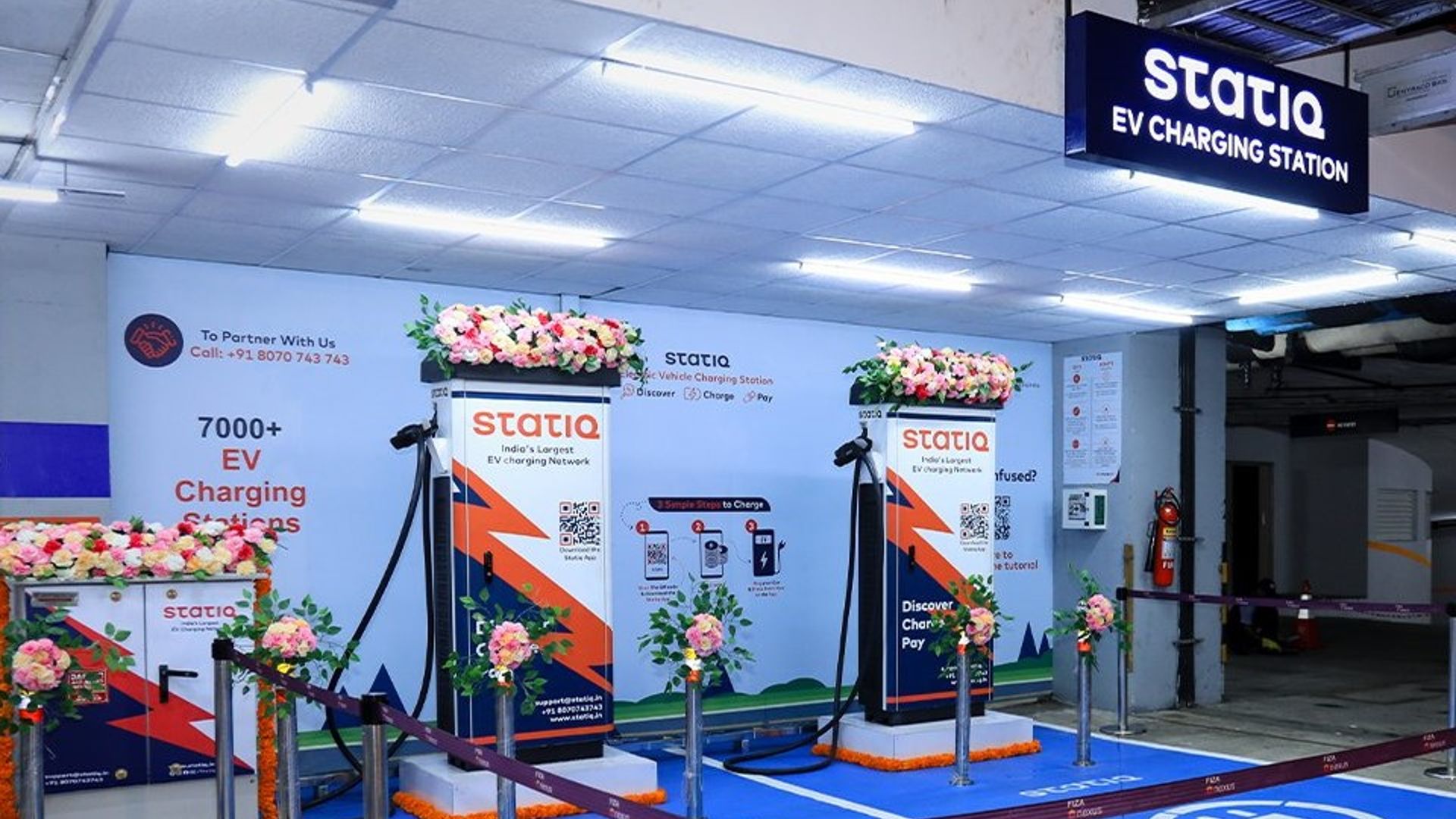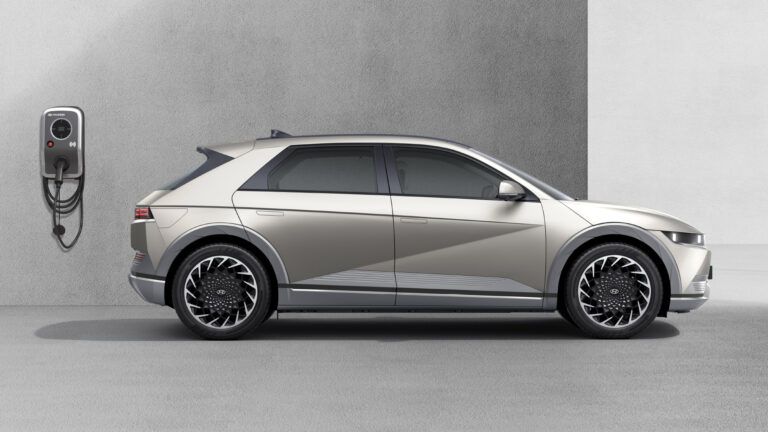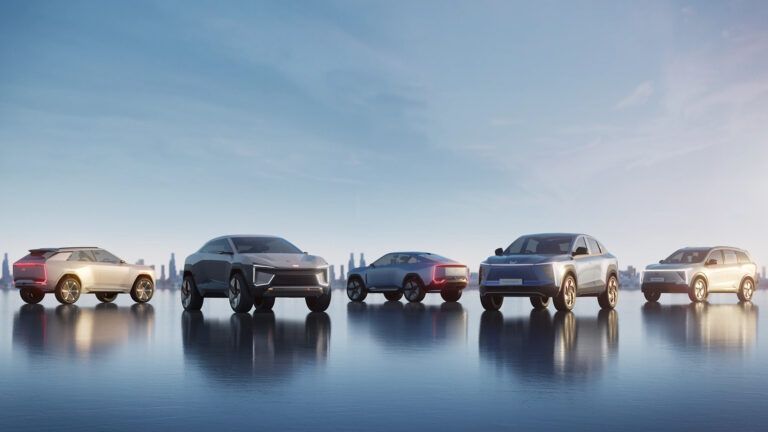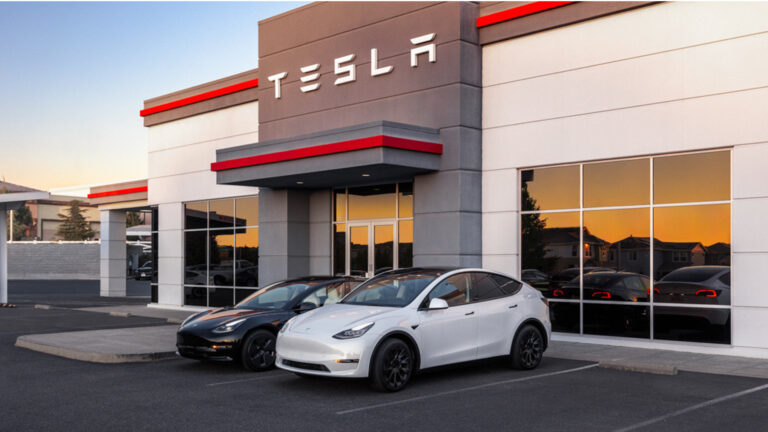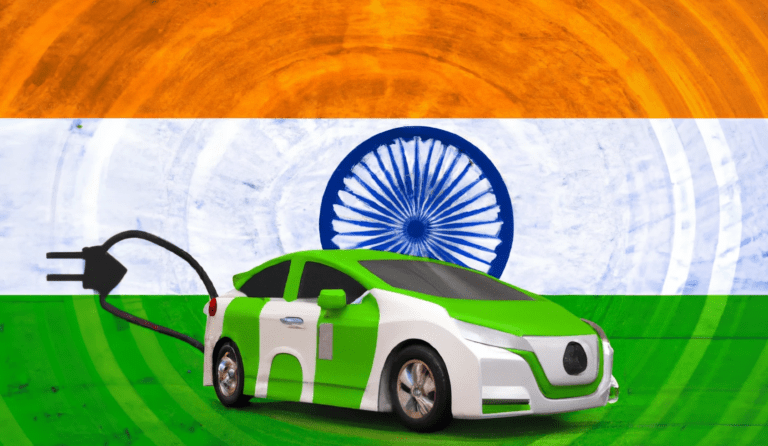Statiq, an EV charging network, plans to install 5000 chargers over two years. In order to achieve this goal, it is teaming up with Hyundai, ChargeMOD, and GLIDA.
The chargers from the partnering companies will be added to the Statiq app. This will let users easily find and use a wide range of charging stations, both current and upcoming ones, all over the country.
Raghav Arora, Co-founder and CTO of Statiq said:
We are thrilled to embark on this transformative journey with our esteemed partners Hyundai, ChargeMOD, and GLIDA.
With a customer base of 1.5 lakh users, we are poised to drive substantial adoption and improve the accessibility of EV charging infrastructure across India.
As per the press release, the company is ready to add over 5000 new public chargers through partnerships. This news comes after a successful collaboration with companies like E-Fill and Sunfuel, which saw a 30% increase in network usage for E-Fill.
Awadhesh Kumar Jha, Executive Director, GLIDA stated:
As a leading EV charging solution provider, GLIDA’s strategic partnership with Statiq allows us to build a robust charging infrastructure pan-India.
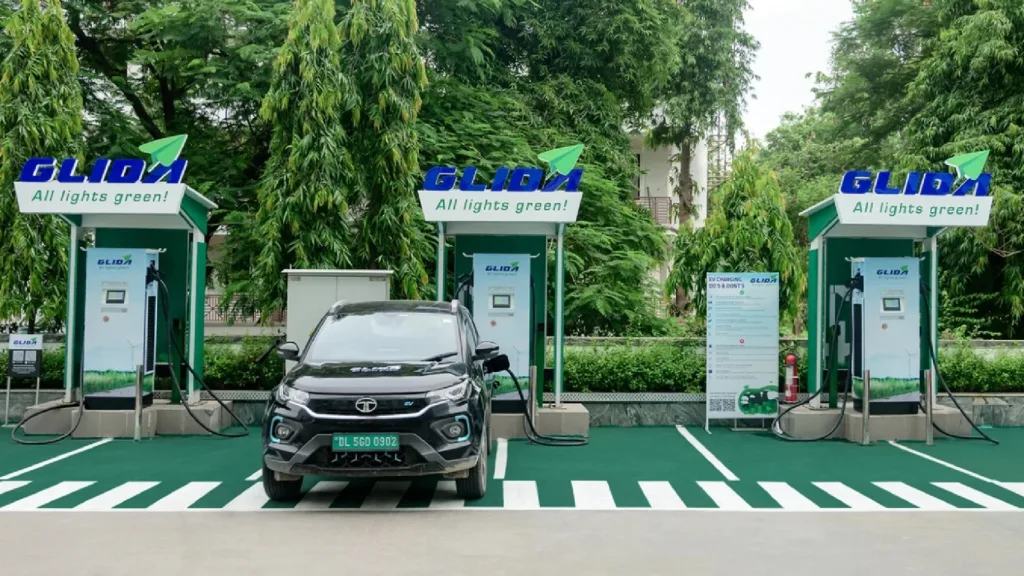
GLIDA and Statiq Partnership
In March this year, GLIDA partnered with Statiq to make EV charging easier and more accessible in India.
EV users can use the Statiq App to access GLIDA’s large network of over 850 charging points. The app includes both current and future charging stations from GLIDA. It means users only need one app for all their charging needs.
Moreover, Statiq’s mobile app helps EV users find and book chargers. Also, it lets them pay for charging remotely. The company provides charging options for homes, public areas, and commercial settings.
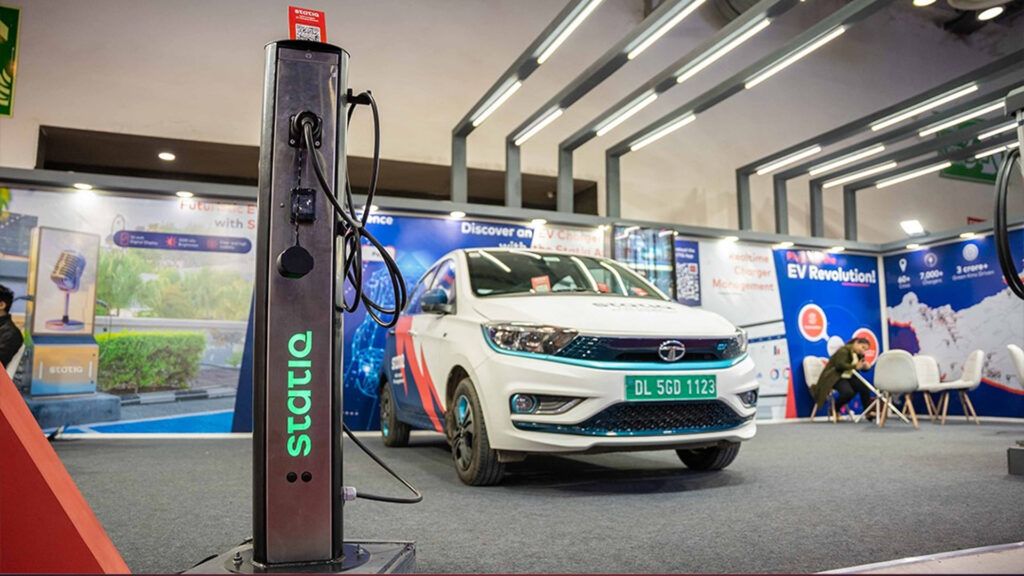
Statiq’s 400+ Free Charging Points
Statiq didn’t stop there. This April, it added more than 400 free charging points in Karnataka. The company did this to encourage people to use public charging when traveling long distances. The best part of these charging stations is that they support several EV models.
It set up over 7000 EV chargers in tier 1, tier 2, and tier 3 cities. In addition, it plans to expand its network to 20,000 charging stations by the end of 2025.

